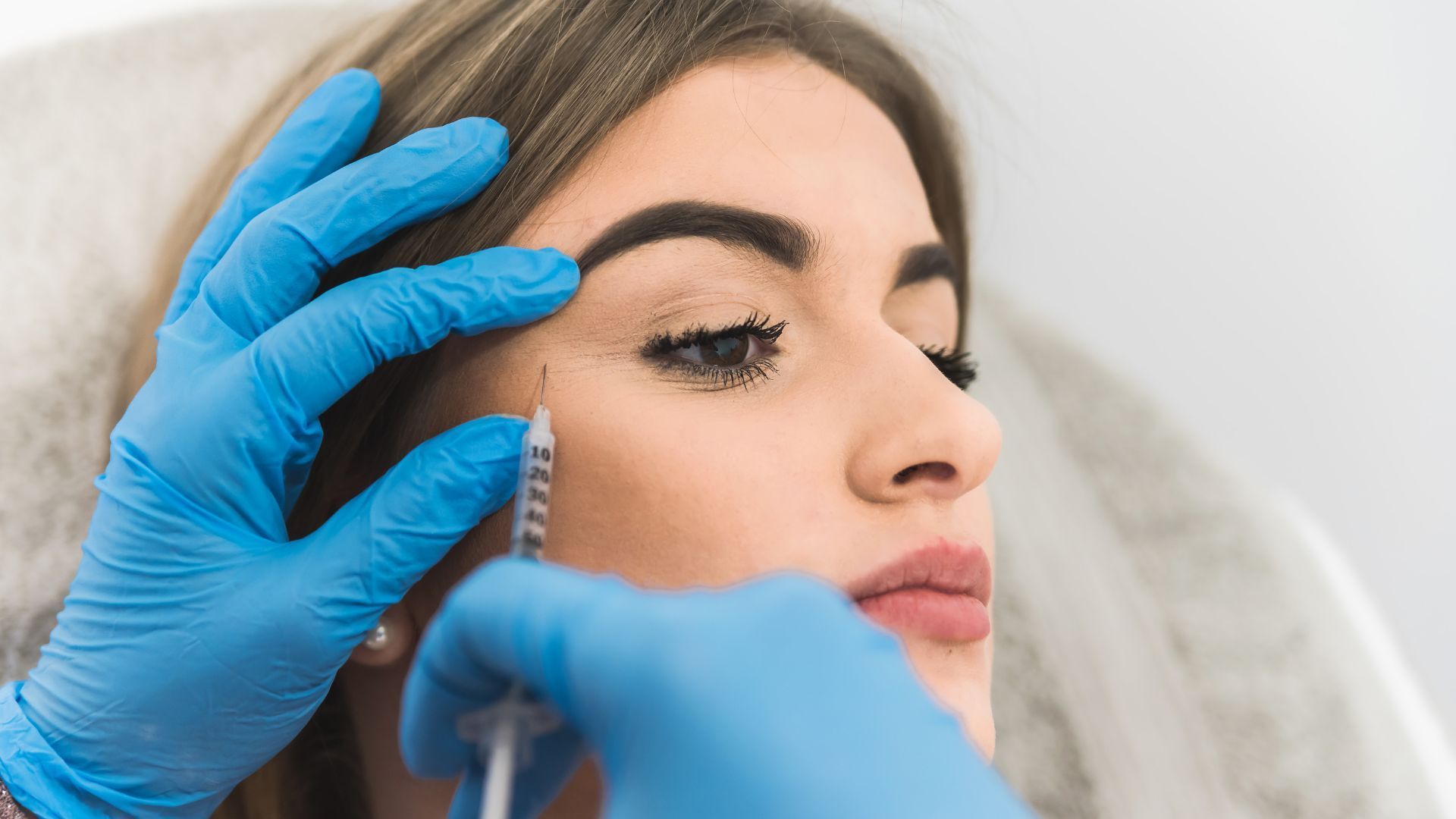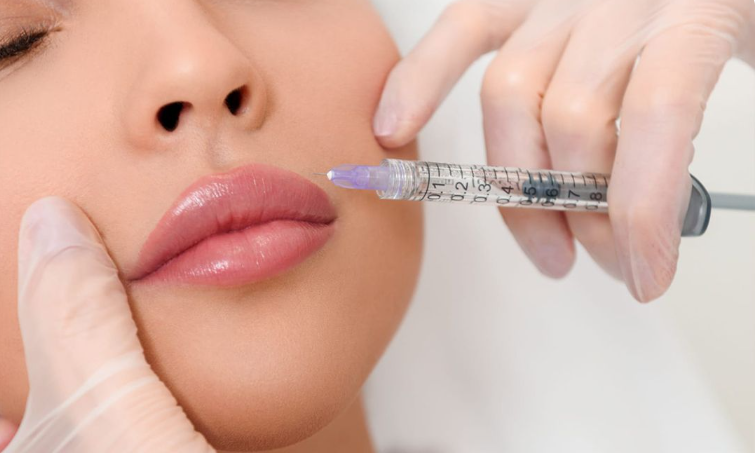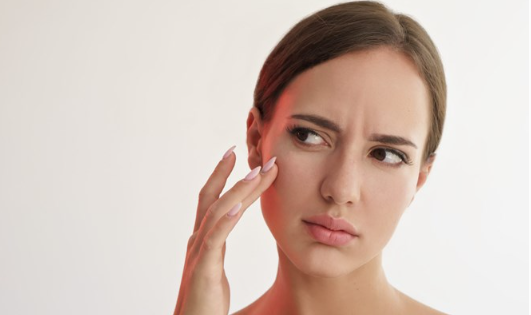Sculptra vs. Dermal Fillers: What’s Right for Losing Facial Volume?

Facial volume loss is one of the most noticeable signs of aging—and one of the most treatable.
Two of the most popular injectable options are Sculptra and dermal fillers (like Juvederm or Restylane). While both offer fantastic rejuvenating effects, they work in different ways, have unique benefits, and are suited for different treatment goals.
If you’re deciding between the two, this guide will help you understand the differences and choose the right option based on your skin needs, goals, and lifestyle.
Understanding Facial Volume Loss: Why It Happens
As we age, the body naturally reduces collagen production and subcutaneous fat diminishes. This leads to a sunken or hollow appearance, especially in the:
- Cheeks
- Temples
- Jawline
- Nasolabial folds
- Under-eye areas
The goal of injectable treatments is to restore this volume and give a more lifted, youthful appearance.
What Is Sculptra and How Does It Work?
Sculptra is a biostimulatory filler made of poly-L-lactic acid (PLLA), a substance that stimulates your body to produce collagen gradually over time. Unlike traditional fillers that add immediate volume, Sculptra works by triggering collagen production, which naturally rebuilds volume over several weeks to months.
Benefits of Sculptra
- Long-lasting results (up to 2 years)
- Subtle, gradual improvement
- Excellent for large volume loss or overall facial rejuvenation
- Stimulates natural collagen growth
What Are Dermal Fillers and How Do They Work?
Dermal fillers—such as Juvederm, Restylane, and Belotero—are made of hyaluronic acid (HA), a substance naturally found in the skin that adds plumpness and hydration. They provide instant volume and are commonly used in targeted areas such as:
- Nasolabial folds
- Lips
- Cheeks
- Marionette lines
Benefits of Dermal Fillers
- Immediate results
- Versatile and precise
- Customizable thickness for different facial areas
- Reversible with hyaluronidase (for HA fillers)
Key Differences Between Sculptra and Dermal Fillers
| Feature | Sculptra | Dermal Fillers (HA) |
|---|---|---|
| Main Ingredient | Poly-L-lactic acid | Hyaluronic acid |
| Result Onset | Gradual (4–6 weeks) | Immediate |
| Longevity | Up to 2 years | 6–18 months |
| Best For | Facial hollowing, global volume | Lines, folds, lips, contouring |
| Reversible | No | Yes (with enzyme) |
| Number of Sessions | 2–3 spaced over 12–16 weeks | Usually 1 |
Choosing the Right Option Based on Your Goals
Not all injectables work the same way, and the best choice depends on your specific goals, lifestyle, and desired results. Some clients prefer immediate transformation, while others are looking for subtle, long-term changes that evolve over time.
Choose Sculptra if you want:
- A gradual, long-lasting solution
- Subtle and natural-looking facial rejuvenation
- Collagen stimulation that improves skin texture over time
Choose Dermal Fillers if you want:
- Instant volume and lift
- Targeted enhancement (lips, smile lines, cheeks)
- Reversible and adjustable results
Some patients opt for a combination approach—using Sculptra for overall volume and fillers for detail work.
Treatment Planning: What to Expect
Understanding what to expect during and after your injectable treatment helps reduce anxiety and sets realistic expectations. Whether you choose medical spa Botox , Sculptra, or dermal fillers, a well-structured treatment plan ensures optimal, safe, and long-lasting results.
Sculptra Treatment Process
- Initial consultation and facial mapping
- Series of 2–3 sessions, each 4–6 weeks apart
- Results appear gradually over 2–3 months
Dermal Filler Treatment Process
- Single in-office visit with immediate results
- Minimal downtime (some swelling or bruising may occur)
- Touch-ups may be needed every 6–12 months
Downtime, Aftercare, and Side Effects
Knowing what to expect after your treatment helps ensure a smooth recovery and optimal results. While both Sculptra and dermal fillers are non-surgical, they still require a bit of care and awareness post-procedure to reduce the risk of side effects and enhance your outcome.
Downtime & Recovery
- Both options involve minimal downtime
- Swelling, tenderness, and minor bruising are possible
- Avoid strenuous activity, alcohol, and direct sun exposure for 24–48 hours
Aftercare Tips
- Ice the treated area gently
- Avoid touching or massaging the area
- Stay hydrated and follow all provider instructions
Conclusion
Whether you want immediate results or a slow, natural transformation, both Sculptra and dermal fillers offer highly effective options for restoring facial volume. Your decision should reflect your lifestyle, treatment goals, and preferences.
For expert guidance and a customized consultation in Rhode Island, contact us today and let our skilled providers help you achieve a natural, youthful look.
FAQs: Sculptra vs. Dermal Fillers for Facial Volume
Q: Which lasts longer: Sculptra or fillers?
Sculptra typically lasts longer, with results lasting up to 2 years due to its collagen-stimulating properties. In contrast, hyaluronic acid fillers usually last between 6 to 18 months depending on the product used, the treatment area, and your individual metabolism.
Q: Can I combine Sculptra and fillers?
Yes, many aesthetic experts recommend combining Sculptra with dermal fillers to achieve both foundational volume restoration and targeted contouring. This hybrid approach allows for natural long-term results from Sculptra with the precision and immediacy of HA fillers. Many providers use them together to address different concerns in one treatment plan.
Q: Is one option safer than the other?
Both Sculptra and dermal fillers are FDA-approved and considered safe when performed by a qualified, licensed injector. The safety depends more on proper technique, product selection, and patient screening rather than the product itself.
Q: How do I know which is right for me?
The best way to determine your ideal injectable treatment is through a personalized consultation. A skilled injector will assess your facial structure, volume loss, lifestyle, and goals to create a tailored treatment plan that balances immediate results and long-term rejuvenation.
Q: Is there a lot of swelling with Sculptra or fillers?
Minor swelling is common with both Sculptra and dermal fillers and typically subsides within a few days. Sculptra may initially cause temporary puffiness due to water in the injection, which resolves quickly.
Our Recent News & Articles





